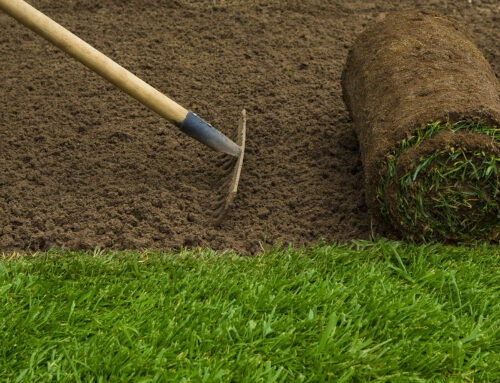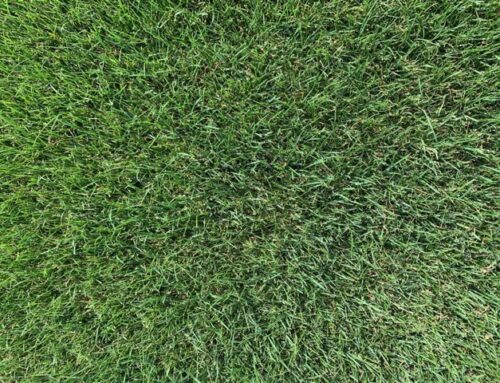When you lay sod, there are several steps you can take that will help ensure it takes root properly. One of those steps is to install it at the right time. You may hear conflicting results about when it should be done, with some suggesting that springtime is best, while others will tell you it is fall.
In truth, there is some variance by location, but so long as the ground isn’t frozen or covered in snow, you can lay sod any time. Spring and fall are both excellent times to install sod or turf because the cooler temperature combined with occasional rain will help the sod to root quickly.
Laying Sod in the Spring
Spring is one of the ideal times to lay sod in the Vancouver area. This is because springtime in this area is usually cool and moist. This will limit the amount of watering you will need to do, though you may need to bring out the sprinkler if there is a dry period without rainfall, or unexpected hot weather of 20 degrees or above.
You should ideally wait until there are no more opportunities for a freeze before laying the sod, as freezing can dry out the soil. If there should happen to be a freeze after laying the sod, keep traffic off the frozen grass blades.
If there is unexpected warm weather, be sure to keep your sod moist, but water the shadier spots less than those in the sun to help reduce the chance of disease. Fertilizing your lawn will help to promote healthy rooting to establish your new lawn.
If temperatures during the day remain above 10 degrees, the new sod should take within a couple of weeks. If you lay it early and the temperature is lower than 10 degrees, the grass will lay dormant until it warms up. During this time, avoid foot traffic.
Laying Sod in the Fall
Early- to mid-fall is another good time to lay sod. By this time, the temperature will have begun to cool, and precipitation is more common than summer months. You may be concerned about the encroaching winter, but there will be enough time for your sod to root and become established. By the time winter arrives, your lawn will be healthy and there will be little difficulty in greening it up come spring.
As with any other time of year, when laying your sod in the fall, you will want to keep the soil moist, but not overly wet. Generally speaking, you should keep the soil moist three inches below the surface until it is established. Fertilizing your lawn will help with the rooting and establishment before it goes dormant for the winter.
While spring and fall may be the best times to lay your new sod, it is possible to do it throughout the year, though it may prove more difficult. In the summer, it can be quite hot and prone to drought, requiring you to water frequently. Laying sod in winter means that it will not green up until the warmer weather arrives and you will still need to water it as cold, dry winds can quickly dry out the roots.
For more information about laying new sod, including the best time and type of grass for your area, please contact us and we will be happy to assist you.







